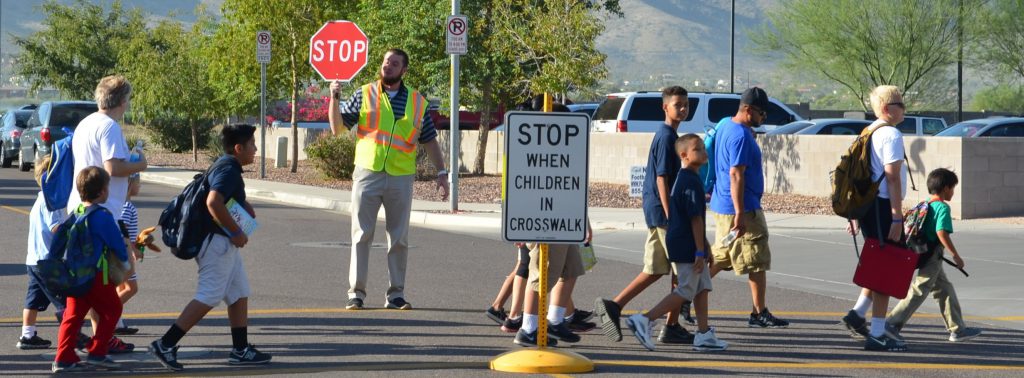For most communities, a one-day event is not enough. Parents, children, teachers and elected officials all see the promise of healthier, happier students; quieter, cleaner and safer streets; and more connected neighborhoods. In the end, walk and roll to school events are about changing community culture. In the process, they build an environment that’s more inviting for every walker and roller, young or old.
Some events are already a strategic part of long-term efforts to promote safe walking and rolling every day, called Safe Routes to School programs. If you’re looking to transition to ongoing activities, you’re in good company: more than half of walk and bike to school events are part of larger efforts toward walking and rolling to school.
Student education, walking school buses, bicycle trains and bicycle skills clinics, and mileage tracking are all ways to keep families excited about walking and rolling to school. Walk, Bike & Roll to School Days can also promote changes to the environment that create safer, more welcoming routes to walk or bike to school regularly.

Phoenix, AZ
The ability to navigate the world by walking, biking or rolling safely is an important life skill. In order for children to adopt new skills, they need supervised practice time and repeated reinforcement of the key messages.
Walking school buses are a great way to offer children a supervised walk to school on a regular basis.
Bike Buses, also called bicycle trains, allow students to bicycle to school together on a designated route under supervision. Bicycle Skills Clinics or “bicycle rodeos” are hands-on bicycle safety lesson with bike inspections, safety talks and bicycle skills practice.
Providing a way for students to track the miles that they have walked or ridden a bicycle is a tangible way to chart progress toward a walking or rolling goal.
E-bikes are growing in popularity as an option for older students to ride to school. This list of resource provides recommendations to ensure safety for e-bike riders.